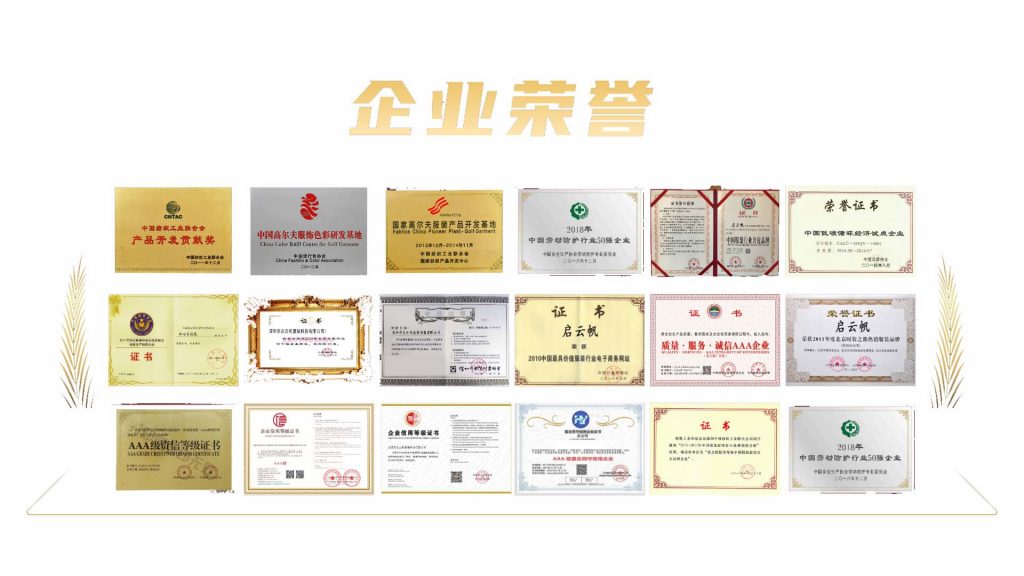
Title: The Art of Clothing Printing: Exploring the World of Apparel Printing Factories
Introduction:
Clothing printing has become an integral part of the fashion industry, allowing designers to express their creativity and add unique touches to their garments. Behind these eye-catching prints lies the expertise of clothing printing factories. In this article, we will delve into the world of apparel printing factories, exploring their processes, technologies, and the role they play in bringing fashionable designs to life.
1. The Role of Clothing Printing Factories:
Clothing printing factories are responsible for transforming plain fabric into visually appealing garments through various printing techniques. Their primary role is to fulfill the printing requirements of fashion brands, both large and small. These factories work closely with designers and manufacturers to bring their vision to reality, creating customized prints that resonate with the brand's identity.
2. Printing Techniques:
Apparel printing factories employ several printing techniques to achieve different effects on fabric. Some of the commonly used techniques include:
- Screen Printing: This traditional method involves transferring ink through a fine mesh screen onto the fabric. It is ideal for large designs and solid colors.
- Digital Printing: Utilizing advanced inkjet technology, digital printing directly applies the ink onto the fabric. It offers high precision, vibrant colors, and the ability to print intricate designs.
- Sublimation Printing: This technique involves using heat to transfer dye onto synthetic fabrics. Sublimation printing allows for full-color designs with excellent color fastness and durability.
3. Design Development:
Before production begins, clothing printing factories collaborate closely with fashion designers to develop the desired prints. Designers provide artwork, patterns, or digital files to the factory, which then prepares the design for printing. The factory's experts assist in adjusting colors, scaling the design, and selecting the appropriate printing technique based on the fabric and desired outcome.
4. Fabric Preparation:
To ensure optimal printing results, clothing printing factories carefully prepare the fabric before printing. This may involve washing, drying, and treating the fabric to remove impurities or enhance its receptivity to inks. Proper fabric preparation ensures that the colors adhere well, resulting in sharp and vibrant prints.
5. Printing and Quality Control:
Once the design and fabric are ready, the printing process begins. Skilled technicians operate the printing machines, ensuring precise color application and alignment of the design. Throughout the printing process, quality control measures are implemented to maintain consistent print quality and address any issues promptly.
6. Finishing and Packaging:
After printing, the fabric undergoes post-treatment processes to set the ink and enhance durability. These processes may include heat setting, steaming, or washing. Once the fabric is thoroughly dried and inspected for quality, it is ready for garment production. The printed fabric is then cut, sewn, and transformed into finished clothing items. Factory workers meticulously check each garment for defects, ensuring that only high-quality products reach the market.
Conclusion:
Clothing printing factories play a vital role in the fashion industry, elevating garments with visually stunning prints. Through their expertise, collaboration with designers, and utilization of various printing techniques, these factories bring creativity to life. From traditional screen printing to advanced digital printing, they use state-of-the-art technology to produce eye-catching designs on fabric. With attention to detail and strict quality control measures, clothing printing factories contribute to the success of fashion brands by delivering garments that capture the essence of their vision.
今天关于服装印花工厂就聊到这里哦,有更多服装印花工厂相关咨询请联系启云帆服装哦!
